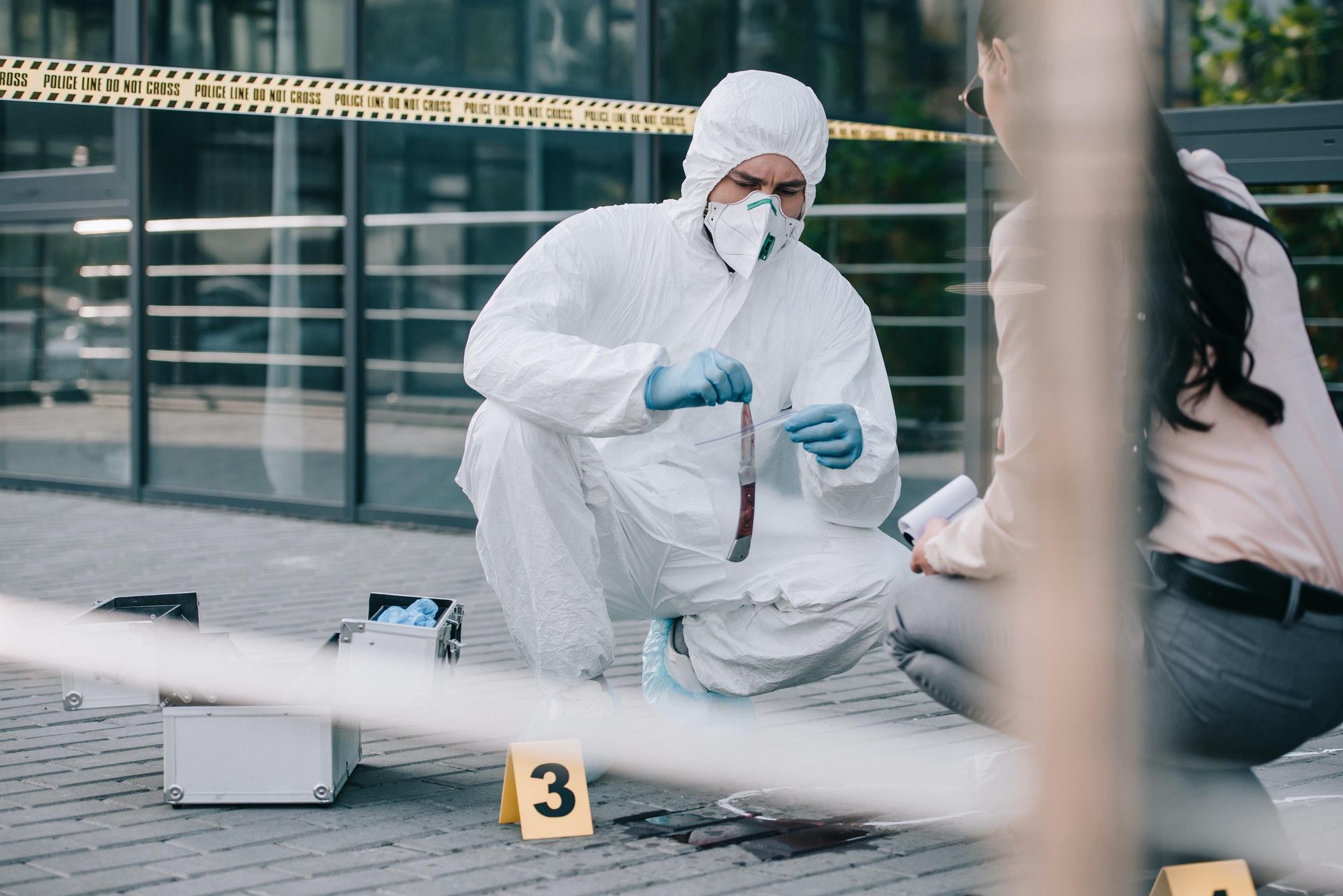What Happened to Samuel Paty?
The Shocking Incident
In 2020, Samuel Paty, a teacher in Paris, was tragically killed. He had shown cartoons from Charlie Hebdo, a French magazine, of Prophet Muhammad in a class about free speech. This led to a huge debate about freedom of speech and respecting religious beliefs.

Social Media’s Negative Role
Social media played a big part in this sad story. A student wrongly accused Paty online, which led to the attacker finding him. This shows how harmful false information on social media can be.
The Court Cases
Teenagers in Court
Six teens were in court for their part in this. They got suspended sentences, which shows how tricky it is to deal with young people involved in serious crimes like this.
What This Means for French Law
This case was a tough one for France’s legal system. It dealt with serious violence and terrorism, and the fact that minors were involved made it even more complex.
Religion and Respect in France
Why the Cartoons Were Controversial
In Islam, it’s not okay to show images of Prophet Muhammad. The Charlie Hebdo cartoons started a big discussion in France about religious respect and free speech.
France’s Take on Religion in Public Life
The case also showed how France deals with religion in public life. They have strict rules about keeping religion separate from government, and this can sometimes clash with the beliefs of the Muslim community.
To wrap it up, the Samuel Paty case is a key example of the ongoing struggle between free speech and religious respect. It brings up important issues about social media, misinformation, and how to handle cultural and religious differences in a place as diverse as France.

Frequently Asked Questions (FAQs) About the Samuel Paty Case
Q1: Who was Samuel Paty?
A: Samuel Paty was a French school teacher in Paris. He became a central figure in a national debate on freedom of expression and religious sensitivity in France after his tragic murder in 2020.
Q2: What did Samuel Paty do that led to his murder?
A: Samuel Paty showed cartoons from the magazine Charlie Hebdo, which depicted Prophet Muhammad, during a class about freedom of speech. This act was seen as offensive by some members of the Muslim community and led to a series of events culminating in his murder.
Q3: Why are depictions of Prophet Muhammad controversial?
A: In Islam, creating images of Prophet Muhammad is generally considered taboo and disrespectful. Many Muslims find such depictions offensive, which can lead to significant controversy, especially in a secular country like France that values freedom of expression.
Q4: What was the role of social media in this incident?
A: Social media played a crucial role in escalating the situation. A student falsely accused Paty on a social media platform, which led to widespread misinformation and ultimately helped the attacker identify and target Paty.
Q5: What happened to the teenagers involved in the case?
A: Six teenagers faced trial for their involvement in the incident. They received suspended sentences, highlighting the complexities of dealing with juvenile offenders in cases related to radicalization and violence.
Q6: How did this incident affect France’s approach to secularism?
A: The incident brought France’s strict secularism, known as “laïcité,” into the spotlight. It raised questions about how this principle is applied and its impact on the Muslim community in France, particularly regarding the expression of religious beliefs in public spaces.
Q7: What broader implications does this case have?
A: The Samuel Paty case has broader implications for the balance between freedom of expression and religious respect. It highlights the challenges of navigating cultural and religious sensitivities in a diverse society and the potential dangers of misinformation on social media.
Q8: Has this incident led to any changes in French law or policy?
A: The incident sparked discussions and debates about French laws on secularism, freedom of expression, and education. It led to increased efforts to combat radicalization and protect teachers, but the long-term impact on French law and policy is still evolving.
Sources BBC


